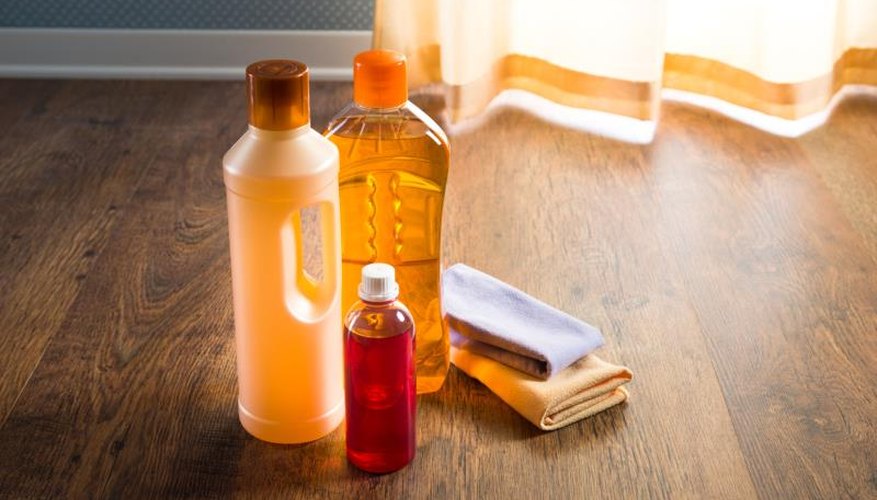How to make dance floor less slippery
How To Make Your Dance Floor Less Slippery
Dancers know the horrors of a slippery floor. Feeling like your feet are going to fly out from underneath you when moving across the dance studio or the stage can be terrifying. That’s why keeping the floor clean is essential; but even when the floor is spotless, there could be slick spots. How can you make your dance floor less slippery?
Why Your Dance Floor Is Slippery
One reason floors get slick would be oil from perspiration and body lotion. Dancers apply lotion to their skin, which comes off onto the floor as they do their warm-ups and floorwork. Sweat (body oil) also creates slippery patches. The second reason for slippery dance floors? Humidity. Both very low and high humidity can impact dance floors negatively.
Keep the humidity of the studio around 50%, which allows the air to retain moisture, preventing it from leaching onto the floor. High humidity with a drop in temperature overnight settles a microlayer of moisture on the floor. Any residual oils on the floor rise to the surface since oil and water do not mix. Low humidity sucks moisture from the surface reducing surface area and creating a more slippery surface.
Temperature fluctuations also affect the slipperiness of the dance floor. The temperature drops in a warm studio at night, causing moisture to form a residue on the floor. When that combines with the lotions, oils and sweat, a slick layer forms over the vinyl, reducing traction.
The Wrong Floor
The other problem many dance studios unknowingly face is having the wrong kind of floor. Engineered wood, bamboo, and laminates are not suitable for a dance studio, because these floors have a factory finish that is too slippery. Many studio owners opt for the most affordable option, which often ends up being laminates. Though these materials look fantastic when installed, the factory finish is inherently too slippery, and refinishing damaged product is virtually impossible.
Wood Flooring
Wood floors can be slippery, due primarily to using the wrong finish.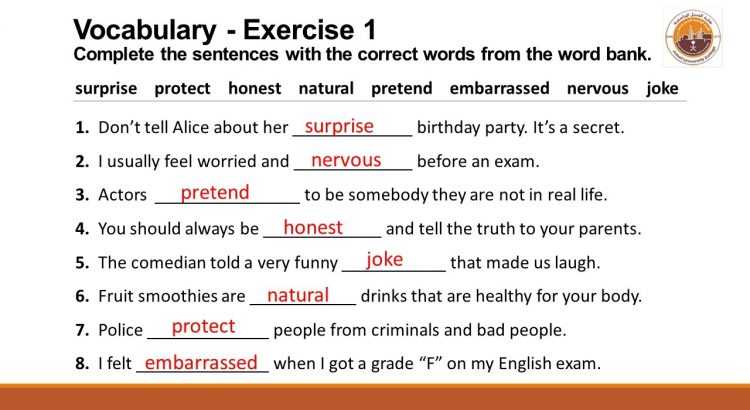 Unlike Marley flooring, the industry standards for hardwood arent designed with dancing in mind. Humidity and temperature affect the coefficient of friction causing the surface to be either too sticky or too slippery.
Unlike Marley flooring, the industry standards for hardwood arent designed with dancing in mind. Humidity and temperature affect the coefficient of friction causing the surface to be either too sticky or too slippery.
If you are teaching pointe at your dance studio on a wood floor, having non-slip flooring is important. Stagestep offers Floorshield II™, a finish designed specifically for dance.
What Not to Do
First, do not use rosin on Marley or wood. Rosin, made of pine tar, dries out over time and creates slippery residue which is virtually impossible to get off Marley floors.
Second, never use alcohol, ammonia, bleach, vinegar, steel wool, solvent, coke, or any other abrasive cleaning product on Marley floors. These products will destroy the floor. Stagestep offers SlipNoMor™ the “liquid rosin”. This cleans up easily and allows you to regulate the degree of nonslip on your floor.
How to Make Dance Floor Less Slippery
Cleaning
Keeping your floors clean is basic to maintenance. Stagestep offers ProClean™, ProClean NS™ (non-slip additive) and ProClean Ultra™ which offer solutions to daily cleaning, weekly cleaning, and deep cleaning.
Stagestep offers ProClean™, ProClean NS™ (non-slip additive) and ProClean Ultra™ which offer solutions to daily cleaning, weekly cleaning, and deep cleaning.
You need to create a maintenance schedule that reflects the use and cleaning needs of your floor. For example, first thing in the morning, dry mop the floor, and once a week use a detergent/degreaser (ProClean™). Every 3 to 6 months, deep clean your floor with a floor machine, a green pad, and ProClean Ultra™. The floor machine should be operated at a low RPM. Avoid household detergents that have additives that make floors shiny and slippery. you can eliminate dye marks and scuff marks using Stagestep’s Wipeout Plus™.
Information on these products and maintenance tips can be found at www.stagesteps.com
Slippery Floors Solved!Now that you know the reasons floors get slippery and the ways to solve the issue, it’s time to put these tips to use. Next time you come across a slick spot on the dance studio floor, consider the cause and use a detergent degreaser to clean the floor and remove the oils.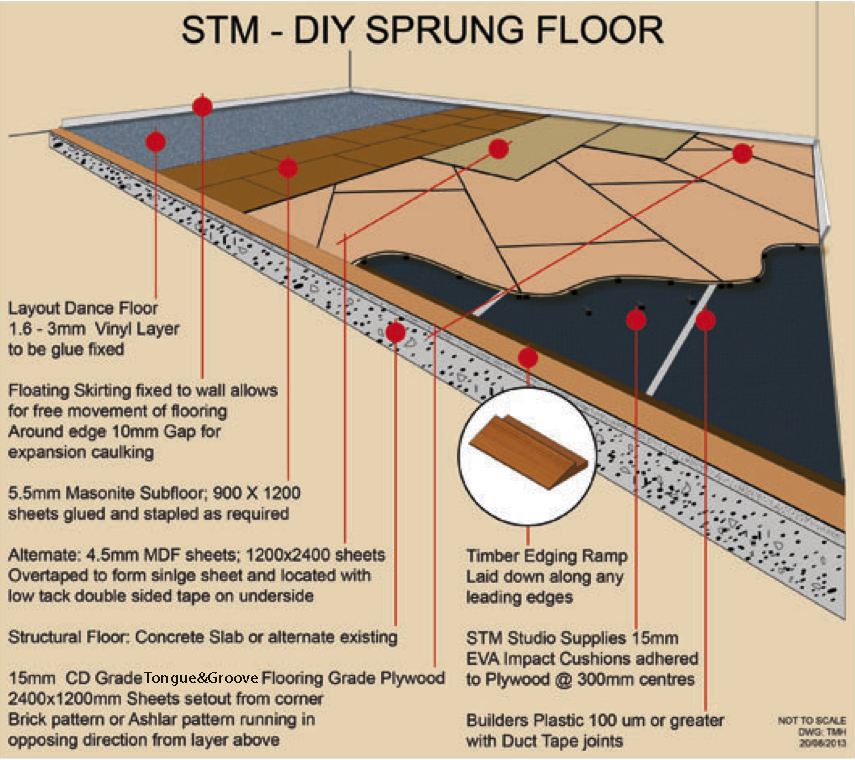
Stagestep has dance floor non-slip products. ProClean NS™ and ProClean Ultra™ both clean and add a non-slip coating to your floor. Slip NoMor™ is a temporary treatment that makes any floor non-slip.
In summary:
To Do:
- Clean the floor with a detergent/degreaser.
- Spot clean slippery spots as discovered.
- Keep humidity at 50% (use dehumidifier or humidifier.
- Ban the use of body lotion (if you can).
- Keep the temperature between 60-80 degrees.
- Establish a maintenance program and stick with it.
Not to Do:
- Use plain water to clean. It does not pick up body oils, it spreads them around the floor.
- Use Rosin. It’s messy, inconsistent, and hard to clean up.
- Delay cleaning. Build up of residue is harder to clean up and is not hygienic.
- Use solvents, ammonia, alcohol, bleach, or coca-cola. These items will damage your Marley floor.
For more information go to www. stagestep.com
stagestep.com
Fix Your Slippery Dance Floors Once and For All
The number one problem with dance and theatrical flooring is “it’s too slippery”. There are plenty of reasons why floors become slippery and unfortunately too many solutions to “fix” them resulting in damage and shortening their life expectancy.
The first problem you may be having is you are dancing on the wrong type of floor. In general, wood, laminate and bamboo floors are inherently slippery because they use a factory finish that is not compatible for many dance activities. These finishes are ingrained in the materials and cannot be removed. In spite of this, many attempt to make the surface more non-slip. In a number of cases efforts fail because some rely on “magic potions” and bad advice that do not work. In fact, they make the situation worse. Coke, rosin, vinegar, alcohol, bleach and solvent should never be used on any dance floor. There are two products that can help. The first is Proclean NS. It is a degreasing and cleaning agent that has a chemical additive that makes all floor surfaces more non-slip over time. In an extreme slippery environment, it may not work completely but will improve the situation. You can use it in lieu of your regular cleaning product. It is easy to use, inexpensive and adds no more time to your maintenance routine.
The first is Proclean NS. It is a degreasing and cleaning agent that has a chemical additive that makes all floor surfaces more non-slip over time. In an extreme slippery environment, it may not work completely but will improve the situation. You can use it in lieu of your regular cleaning product. It is easy to use, inexpensive and adds no more time to your maintenance routine.
Learn More About ProClean NS
The second product is Slip NoMor. Used correctly, this temporary treatment solves the problem immediately. Downside, it must be removed before re-application and it lasts up to one week. Clean, re-apply, clean, re-apply. It is twice as much work but you have a surface you can dance on. There are a number of owners who simply give up trying and buy a non-slip dance floor to cover their existing problem surface.
Buy Slip NoMor For Your Dance Floor
Sometimes cleaning your floor with the wrong product can make your floor slippery.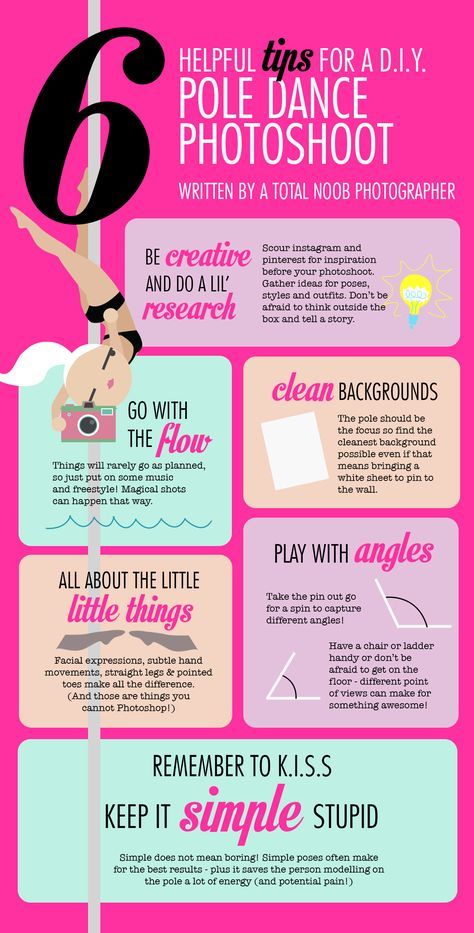 Stay away from household products, abrasive cleaning agent and anything not recommended by the manufacturer.
Stay away from household products, abrasive cleaning agent and anything not recommended by the manufacturer.
Using plain water will neither clean your floor nor help with the slippery surfaces. In fact, it adds to the problem.
The prime culprit is body oil from perspiration and body lotions the dancers slather on themselves. Water does not dissolve oil. Water and oil do not mix and by using water alone you are spreading the oil over the entire floor surface. What does dissolve oil is a detergent/degreaser. Proclean, a concentrated detergent/degreaser, does the job economically and efficiently.
View Our Maintenance Products
An often overlooked cause of slippery floors is environmental. Temperature and humidity changes impact both wood and vinyl flooring. Keep humidity between 30-50 percent and the temperature between 60-80 degrees 24/7. If that is not possible, dry mop the floor and get the temperature and humidity within range prior to holding class.
In conclusion: buy the right floor for your use, keep it clean, beware of unapproved cleaning agents and keep the temperature and humidity in check.
What to do to prevent ballet flats from slipping
Denis Skoryatin 3 comments ballet flats, appearance, high heels that will help, natural materials, a few minutes, completely dry, make, slip, sports shoes preferences, otherwise, with the onset of the first frost, an unpleasant surprise may await. Even the most beautiful and warm boots can suddenly turn out to be unsuitable for moving in ice. How to recognize them at the stage of purchase and is it possible to save yourself from the fate of a skater? nine0009
Why do shoes slip heavily in ice in winter
The main reason for slipping shoes is the sole. Micropores on the surface of the material close under the influence of low temperatures, the sole becomes smooth, grip with ice decreases, which makes it difficult to stay on your feet.
When buying winter shoes, you should pay attention not only to the appearance of the pair, but also to the sole. If it is completely smooth or has only decorative patterns without significant recesses and corrugated surfaces, then this shoe will not stand the test of ice. nine0009
The sole material is of great importance. Some manufacturers, in order to save money, add low-quality raw materials to the product, which become hard and slippery in the cold. One such material to avoid when shopping for winter boots is tunite, which is rubber interspersed with leather fibers. Despite the beauty and high wear resistance, tunite will harden in the cold, so it slips strongly.
What shoes do not slip
Flat boots with elastic soles will be a real salvation in ice. Rubber or caoutchouc is the best material for soles. The second option is easy to recognize among other materials: it is distinguished by a light color and high graininess.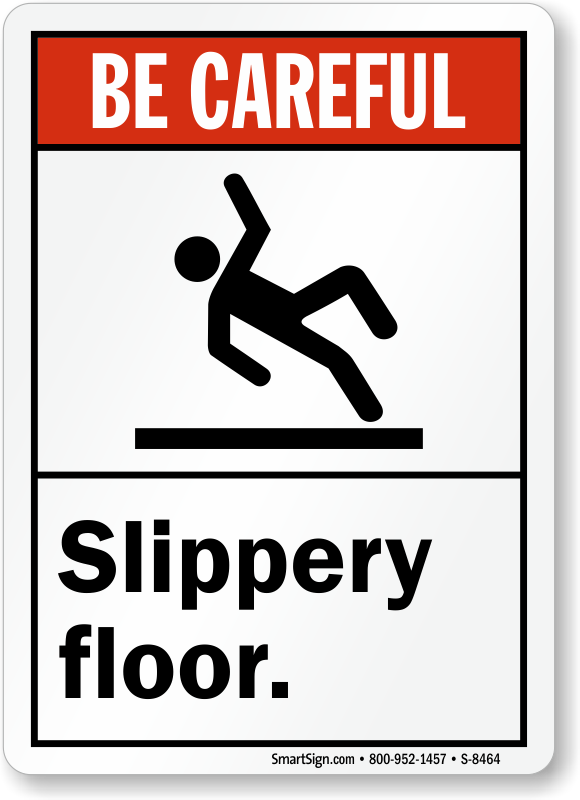 The rubber sole can be identified by its characteristic roughness, it is easily pressed through with a finger. nine0009
The rubber sole can be identified by its characteristic roughness, it is easily pressed through with a finger. nine0009
Contrary to popular belief, a deep tread is not always a reliable anti-slip feature. Such a sole is good in heavy snowfalls, but for good grip on ice, you should choose an option with many small pimples or multidirectional notches. In some expensive models of shoes, special protection is provided in the form of metal spikes or special inserts.
How to prevent slipping at home
Sliding on ice in winter is a common problem in harsh cold climates. Therefore, there are many folk methods to help increase the grip of the sole with a smooth ice crust. All of them have varying degrees of effectiveness. nine0009
Adhesive plaster
It is necessary to buy a roll of medical adhesive plaster on a fabric basis in a pharmacy, cut off several pieces 3-4 cm long and glue them crosswise over the entire area of the sole (the surface must be clean and dry). The method is simple, but short-lived - even in a dry frosty winter, the patch will last for a couple of days, and during slush it will peel off in just a few minutes.
The method is simple, but short-lived - even in a dry frosty winter, the patch will last for a couple of days, and during slush it will peel off in just a few minutes.
What is more important for you when choosing shoes?
Comfort Beauty
Felt
First of all, you need to get pieces of felt. For this, old felt boots or the rough side of a regular dish sponge may be suitable. Pieces of fabric must be glued to a clean and dry sole. To make the result last longer, you can use Moment glue. Wait for the homemade application to dry completely, then you can go for a walk. This method is effective and affordable, but in the process of walking, protruding pieces of fabric will not look very aesthetically pleasing.
Sandpaper
The first method of using this product is similar to the method with felt, but instead of pieces of fabric, strips of sandpaper of the coarsest grit should be glued to the sole. This can save you from slipping on ice for 1-2 weeks.
The second method is more aggressive and is suitable only for those who are confident in the strength and quality of their shoes. To improve the adhesion of the material, the sole should be periodically rubbed with fine-grained sandpaper. nine0009
This method is not suitable for shoes with thin soles and soles made from natural materials.
After degreasing the sole, you need to apply a thin mesh of shoe glue on it. Let it dry and then apply another layer of the product. To increase the adhesive properties, you can sprinkle the glue with coarse river sand. Such a homemade protector will provide safe walking for about a month.
Socks
The method consists in putting on ordinary cotton socks over the boots. The fabric is able to withstand ice and provide stability on ice. But the method may seem strange and even funny to others, so it is not suitable for everyone. nine0009
Professional methods
In order not to experiment with folk methods, you can choose one of the special tools that will help you stand even on the most slippery ice.
Ice Walkers or Ice Walkers
These ice climbing aids are sold in many stores, for example in the sporting goods department. Their modifications are so diverse that you can choose the model that is most suitable for shoes. A rubber strap construction is attached to the heel and toe of the boot, and a studded attachment is located in the center of the sole. It is a practical and reliable tool for reducing slip. nine0009
Sprays
Shoe stores offer a wide range of sprays against slippery soles. It is necessary to choose a product suitable for the type of shoes and apply it according to the instructions. One "portion" of spray is designed to protect shoes during one walk.
Rubber cleats
Rubber cleats cut to fit the sole. In order for such a device to last the entire cold season, you need to contact a shoe shop, where they will select a suitable product and securely fix it. nine0009
Heels
A popular option is soft polyurethane heels. They will provide sufficient grip on the ice, thanks to which you can move around the street in cold weather without fear. Another way to save yourself from ice is heels or spikes made of metal. But such material will knock when walking indoors.
They will provide sufficient grip on the ice, thanks to which you can move around the street in cold weather without fear. Another way to save yourself from ice is heels or spikes made of metal. But such material will knock when walking indoors.
How to put on shoes so that they do not slip in the gym
Some types of sneakers have slippery soles. When playing sports and doing strength exercises, this creates inconvenience and increases the risk of injury, since the feet are not securely fixed on the floor. What to do in this case? nine0009
The correct option is to take the sneakers to the workshop, where silicone patches will be glued to the sole. They are almost invisible and will not spoil the appearance of the shoes. Before you give a pair for repair, it is necessary to clarify where you plan to wear sneakers - indoors or outdoors.
A popular method among athletes is the use of Coca-Cola. It is necessary to pour sweet soda on the soles of sneakers, wait for it to dry and go to training - the legs will stop slipping.
nine0009
Other folk recipes recommend using potato, wax or fatty oil as an anti-slip lubricant. But these methods must be used with caution and pre-test the result, as they can have the opposite effect.
There are many professional and folk remedies to improve the grip of the sole on a smooth surface. All of them have a different duration of action, besides, they are not suitable for all types of shoes. But the right method will help you survive the period of ice without compromising your health. nine0009
Anna Gromova, shoe business professional. The owner of a small shop and a workshop for the restoration and repair of shoes.
What to do to prevent ballet flats from slipping
Sticky dance floors (read more...)
Don't abuse twists and turns (Your own or your partner's) when the dance floor is sticky! You can damage your knee joints.
Dealing with an uncomfortable dance floor
1. On any sticky floor. It doesn't matter if it's wooden or not. Dance floor coverings can be very different: concrete, vinyl, carpet, sticky wood floor and so on. If you think the surface is too sticky, use this tape. It can make your night much more enjoyable.
On any sticky floor. It doesn't matter if it's wooden or not. Dance floor coverings can be very different: concrete, vinyl, carpet, sticky wood floor and so on. If you think the surface is too sticky, use this tape. It can make your night much more enjoyable.
Tips for girls in high heels
2. When you need to dance on paving slabs or concrete. There are times when you have to dance outdoors, and often the dancing surface is not ideal at all. It is very difficult to rotate on paving slabs and you can injure your knees. Just stick painter's tape on your shoes and you can do double or even triple spins. Everyone else will be watching and wondering how you do it. nine0009
If you are afraid of falling and push yourself up, your body becomes rigid, which increases the risk of falling. The more you use and work with the floor, the more relaxed and stable you become. What to do to prevent ballet flats from slipping
What methods will not help to get rid of slipping? (read more. ..)
..)
There are tips on the web to rub the sole with a grater, make furrows with a soldering iron or screw short screws into it to create a relief, but these are amateur methods. This damages the outsole material, which increases the wear of the product and can create cracks. It is even suggested to melt sand into the sole - heat it up well and put shoes on it - but here, judge for yourself whether you want to spoil your favorite new thing like that. nine0009
How to make shoes not slip: proven methods
Be careful - ice access has its own size range, do not make a mistake with the choice. In retail outlets, there are separately not removable, but adhesive linings. What to do to prevent ballet shoes from slipping
Other methods (read more...)
Some athletes practice other less effective methods. They wax sports shoes. For the same purposes, raw potatoes, castor oil or double-sided tape are used. All these options cannot be appreciated, so it is better not to waste your time on them. Moreover, studies have shown that sometimes sports shoes begin to slip even more because of their use. nine0009
All these options cannot be appreciated, so it is better not to waste your time on them. Moreover, studies have shown that sometimes sports shoes begin to slip even more because of their use. nine0009
How to prevent ballet shoes from slipping
Sliding on the parquet floor in the gym can be minimized by choosing the right shoes. Sneakers must meet the following requirements:
Contents:
- 1 Why do shoes slip badly in ice in winter
- 2 Which shoes do not slip
- 3 What to do to prevent shoes from slipping at home
- 4 Adhesive plaster 9017 6 Sandpaper 9
- 50171
- 7 socks
- 8 Professional methods
- 9 ice drifts or ice floors
- 10 sprays
- 11 rubber linings
- 12 LOWS
- dance floor
- home
- Room types
- Night clubs (dance floors)
Nightclubs and dance floors require a certain type of flooring, which must meet a number of specific properties:
- Mechanical impact resistance . Thousands of people visit this category every day. Dancing or simply active movement of a large number of people can lead to the rapid destruction of the flooring. Thus, the selected type of floor should have increased strength and durability.
- No slip . The slippery surface of the dance floor can lead to injury to club visitors. But it is worth considering that the more rough the coating is used, the more difficult it is to clean it. Thus, when installing floors in a club, a "golden mean" is needed: a smooth surface that prevents slipping. nine0171
- Easy to clean . A large and constant number of visitors to a nightclub implies regular cleaning of the establishment.
 The selected type of floor should be easy to clean, retain a minimum of dust and dirt, and have an antistatic effect.
The selected type of floor should be easy to clean, retain a minimum of dust and dirt, and have an antistatic effect. - Sound absorber . It is one of the most important properties. The floor covering of the dance floor should effectively dampen noise.
- Crack resistance . This kind of damage mainly occurs when exposed to dynamic loads. This requires the use of a material that is resistant to cracking. nine0171
Below are the most optimal options for coatings in terms of their technical and operational characteristics, with a guaranteed service life of at least 5 years.
Cost of installing floors in nightclubs
Coating type Coating thickness, mm Cost of work, rub/m 2 . Cost of materials, rub/m 2 Total price, rub/m 2 Polyepoxy-3D self-leveling floor 2-3 500 2000 2500 Polyepoxy self-leveling floor 2 300 850 1200 Decorative quartz-filled epoxy floor "Poliepoflex" - COLORED SANDS 3-4 450 1300 1750
See all items
Which coating to use?
Catalog of self-produced self-leveling floors
Before deciding on the technology for installing floors in a room, it is necessary to assess the patency of the establishment.
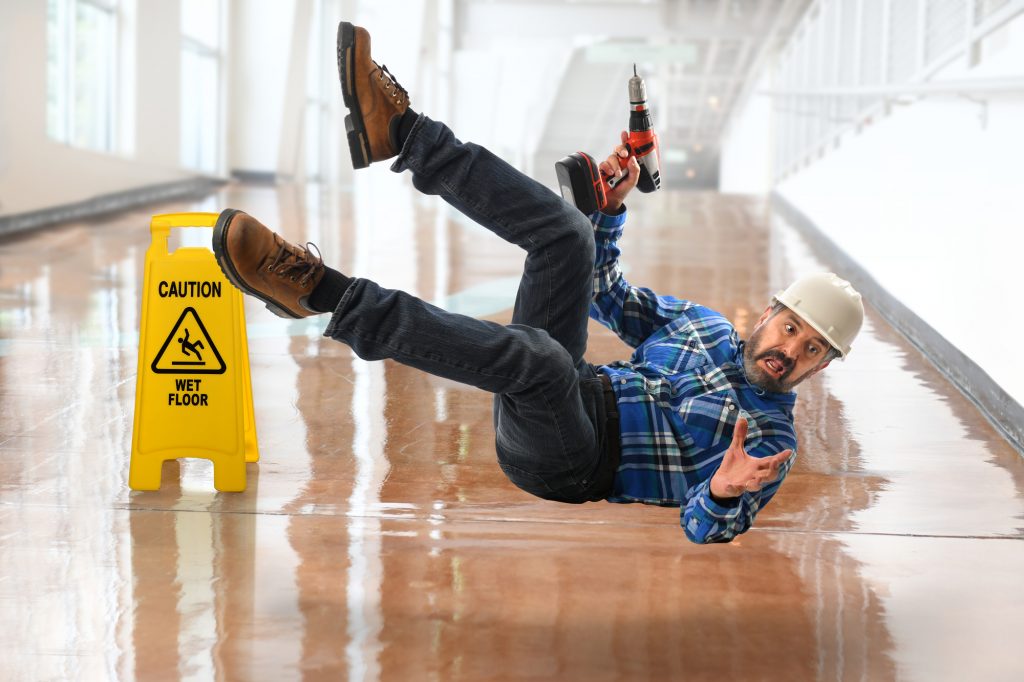 For nightclubs with very high attendance, highly filled polymer or methyl methacrylate coatings are best suited. In this case, it is better not to use ordinary concrete floors, as they will quickly collapse, and smooth self-leveling floors, on which scratches will appear over time. nine0009
For nightclubs with very high attendance, highly filled polymer or methyl methacrylate coatings are best suited. In this case, it is better not to use ordinary concrete floors, as they will quickly collapse, and smooth self-leveling floors, on which scratches will appear over time. nine0009 If the traffic is not so high and averages 1000-2000 people per day / evening, the best option would be the installation of concrete floors with a hardened top layer (topping) or polymer bulk coatings. The properties of such systems make them easy to clean and operate, and also allow them to withstand even intense loads.
In addition, polymer self-leveling floors can be made of different thicknesses in different sectors. Directly on the dance floor, you can lay a more durable layer, and a thinner layer on the rest of the territory. nine0009
A wide choice of surface textures, as well as an extensive range of colors allow you to choose exactly the type of polymer coating that will harmoniously fit into the design idea of your nightclub.
